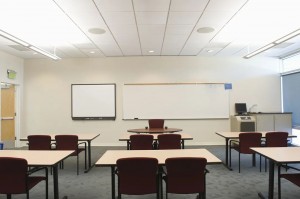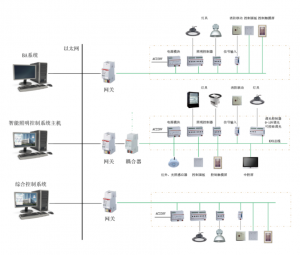For BMS, BUS, Industrial, Instrumentation Cable.
The modern educational landscape is rapidly evolving, and one of the key components of this transformation is the intelligent management of campus lighting. With students spending approximately 60% of their time in classrooms, the importance of a well-designed lighting system cannot be overstated. Poor lighting conditions can lead to eye strain, visual fatigue, and even long-term vision issues like myopia. This is where innovative smart lighting control systems come into play.
The Importance of Quality Lighting in Education

Proper lighting in educational institutions is crucial for creating an inviting atmosphere and ensuring the health and well-being of students. A well-lit environment enhances focus, improves mood, and increases productivity. In today’s digital age, advanced lighting technologies, such as occupancy sensors, daylight harvesting, and wireless control systems, can significantly improve energy efficiency while providing optimal illumination tailored to various activities.
What are Smart Lighting Control Systems?

Smart lighting control systems utilize advanced technology to manage campus lighting intelligently. These systems allow for customizable settings that adjust the brightness of fixtures based on natural light conditions and occupancy levels. This adaptive approach means that classrooms and hallways shift seamlessly from bright, focused lighting during lectures to softer, ambient light for group work or study sessions.
Moreover, smart lighting systems contribute to sustainability efforts by reducing energy consumption and extending the lifespan of light fixtures. For instance, a system that automatically dims or turns off lights in unoccupied spaces can lead to substantial energy savings over time.
Key Features of Intelligent Campus Lighting Systems

Key Features of Intelligent Campus Lighting Systems

As institutions seek to enhance student engagement and academic performance, investing in intelligent lighting solutions should be a priority. By leveraging advanced technology, such as those described by leading manufacturers in the education sector, campuses can ensure their environments are conducive to learning while simultaneously promoting responsible energy use.
Control Cables
Structured Cabling System
Network&Data, Fiber-Optic Cable, Patch Cord, Modules, Faceplate
Apr.16th-18th, 2024 Middle-East-Energy in Dubai
Apr.16th-18th, 2024 Securika in Moscow
May.9th, 2024 NEW PRODUCTS & TECHNOLOGIES LAUNCH EVENT in Shanghai
Oct.22nd-25th, 2024 SECURITY CHINA in Beijing
Nov.19-20, 2024 CONNECTED WORLD KSA
Post time: Dec-26-2024
